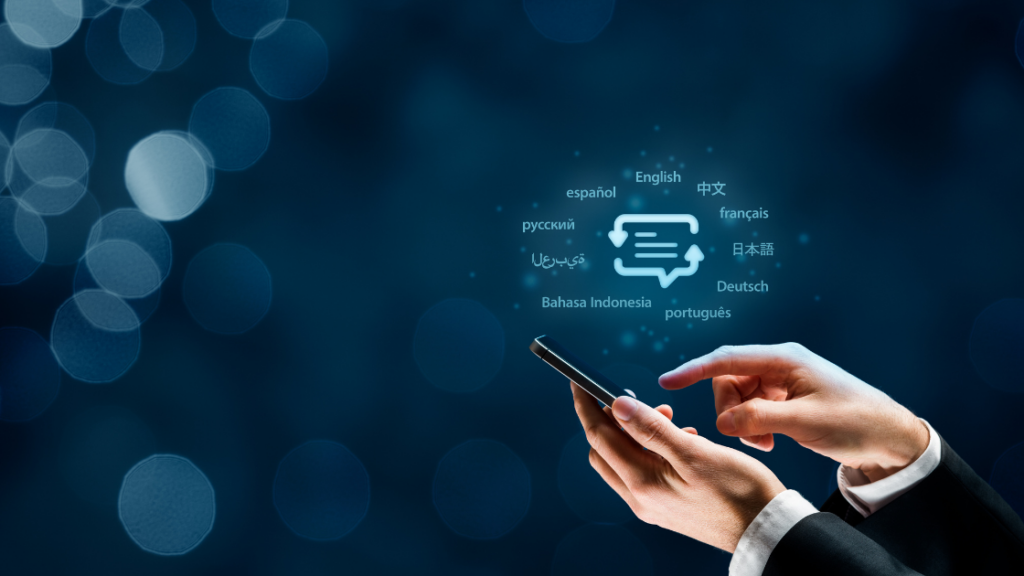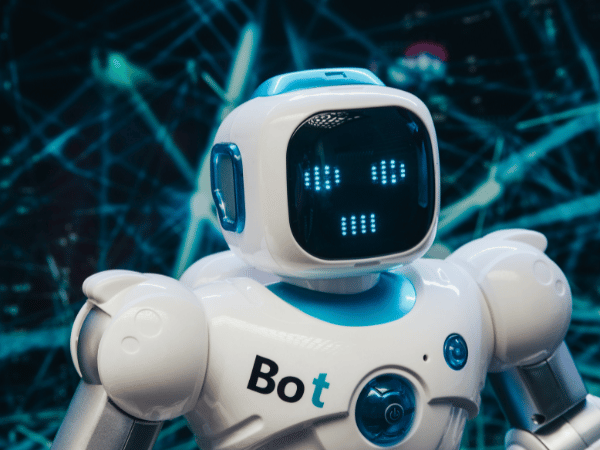In the last few years, the popularity of AI tools like ChatGPT has exploded. Naturally, with any innovation comes the question of how it can be used in different industries. Translation and AI are becoming ever closer, but where could this lead?
Translation Technology Today
The translation industry already has a love-hate relationship with technology as it is. CAT Tools are the backbone of the industry nowadays, and yet Machine Translation (NMT or SMT) remains incredibly divisive. Granted, it does provide opportunities for skilled linguists to drastically improve MT output through Post-Editing which is a very valuable skill. But a translator who uses MT and passes it off as their own is sometimes considered persona non grata – and usually are found out by the CAT Tools they use. Compared to using professional linguists, MT is much less reliable especially for complex texts. At best, the output will be less than ideal, whereas professional linguists can ensure the best possible translations every time.

Innovative technology is becoming ever-present in the industry these days. With software like Google Translate’s camera function, millions of people have access to instant translations within seconds. Waverley Labs currently have a real-time translation app and earpiece on the market. These will help break down, or at least chip away at language barriers for the average consumer… Providing they become affordable for everyone.
For the average tourist or traveller, these tools can help avoid any confusion or misunderstandings while abroad, but they simply aren’t viable in a professional setting like marketing. There are so many things to consider in marketing translation than just the act of translating itself. Linguists need cultural awareness so as to avoid creating translations that could be seen as offensive to the target audience; they need to be aware of any localisations. For example, advertising in European Spanish might not work as well in Mexico compared to Mexican Spanish.
The Translation and AI Debate

AI being on the rise, while intriguing, is something to be wary of. Granted, software like ChatGPT could generate content at unbelievable speeds. But there is no guarantee of quality, which is essential. Even though professional linguists can’t produce translations at the same speed, in this industry quality is much more valuable than quantity, or even speed for that matter.
That being said, translators today do have technology to assist them which is worth its weight in gold. Translation Memories (TMs) are wonderful tools, helping linguists to create high-quality and consistent translations at quicker speeds. The key factor here is that the TM’s content is created by the linguists, so there is a high quality input which ensures equally high quality output when the TM is used.
Translation and AI – Where it could go wrong?
Despite the infinite possibilities of AI in translation, one can’t understate the potential negatives.
For one, if a company needs sensitive documentation translated, and the AI engine’s security is sub-optimal, someone could easily uncover the sensitive data, including a client’s personal information. Given how many translations contain this kind of information, this could prove a sizeable threat to data security.

Human translators can safely ensure any linguistic nuances like idioms, jokes and colloquialisms are correctly translated. There are plenty of articles online discussing translation errors that have been churned out by Google Translate, and the use of AI in the industry could well invoke some déjà vu as its output misses the nuances and context from a source text. Perhaps a tired take, but it’s definitely true to argue that human translators are indispensable, especially for creative texts.
What’s Next?
Thanks to AI software’s constant adaptation and innovation, the technology is always the worst it will ever be. In other words, it will always keep improving and correcting its flaws. Any drawbacks that are found now are probably being worked on and corrected for the next version of the software. It could also make the industry over-reliant should it gain a substantial foothold. If it were to become common practice to use an AI tool for translation, necessary server maintenance from the designers or a simple internet outage could take it out of commission for who knows how long. This could drastically delay the progression of projects, causing no end of problems across the whole process. Project managers would be denied access to files. As such clients and end clients would have to wait longer for deliveries or updates.
Human linguists are, and for a long time will be the safest way to guarantee a consistent, high quality translation. The potential litany of disadvantages that AI translation presents are not worth the risks in a professional setting when using a trained linguist opens the door for more nuanced, accurate translations for any target audience.
Here at Web-Translations, we always use native linguists with a wealth of specialisms for any sector you need. If you have anything you need translating, contact us for a free, no-obligation quote today.
How do you think AI will change translation in the future? If you’re excited by or cautious of the possibilities, why not let us know on our Twitter or LinkedIn pages? We’d love to hear your thoughts!
30 January 2024 16:22
